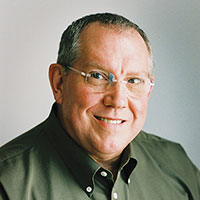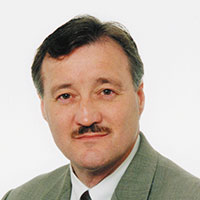Workplace Safety Culture
Michaels: U.S. and E.U. must work together on occupational safety
It is clear that a new paradigm is needed
August 1, 2011
Health protection + health promotion = healthier workforce, says study
A healthier workplace may be a safer workplace
July 28, 2011
A Growing Obligation to Prevent Harm
Understand the meaning of “standard of care”
July 7, 2011
Become a Leader in Safety Culture
Build your knowledge with ISHN, covering key safety, health and industrial hygiene news, products, and trends.
JOIN TODAYCopyright ©2025. All Rights Reserved BNP Media.
Design, CMS, Hosting & Web Development :: ePublishing







